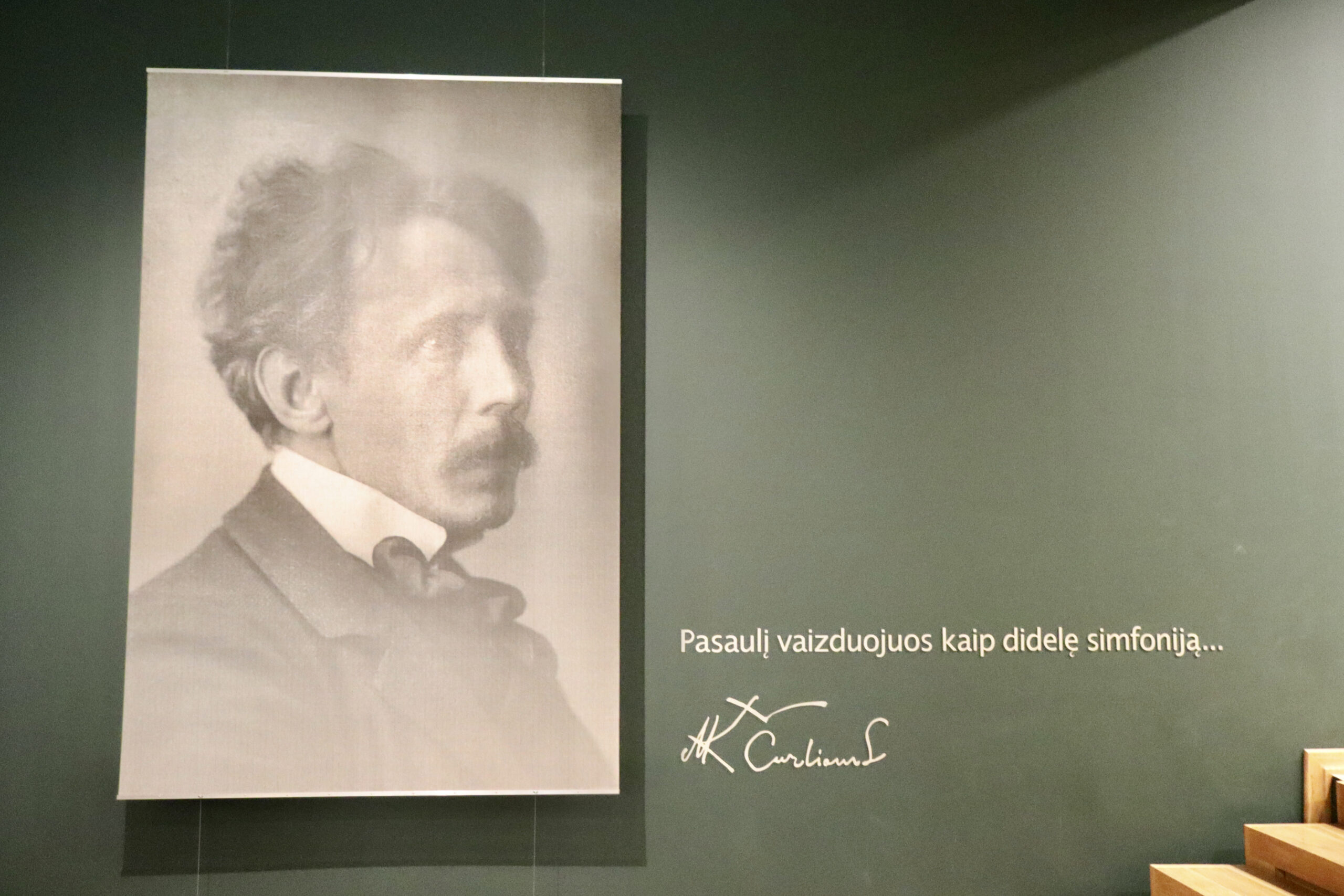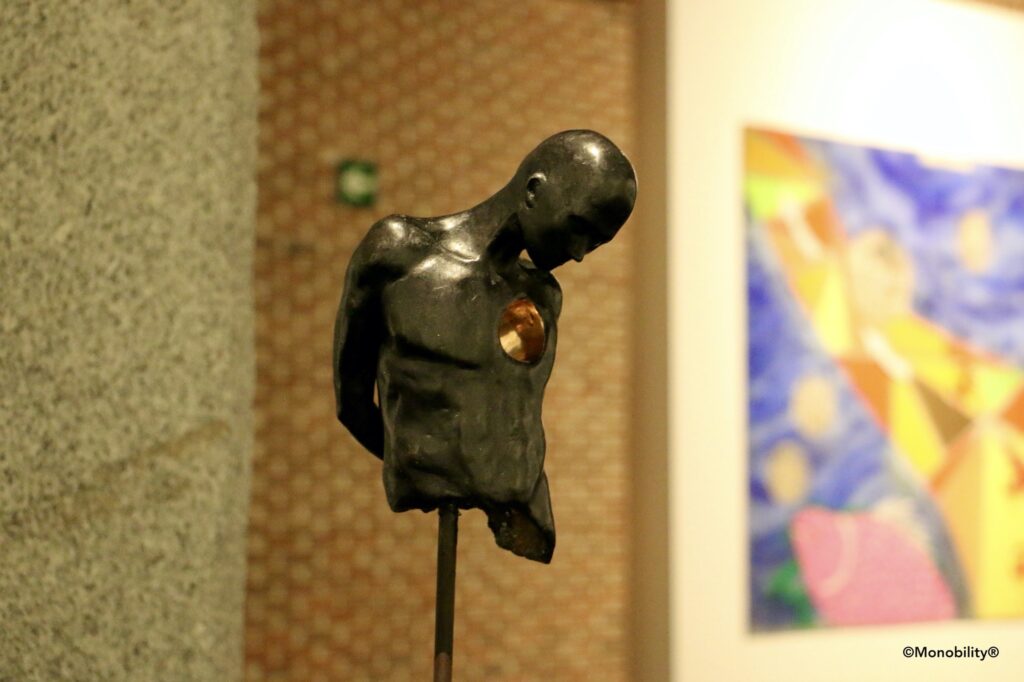It was a tremendous joy to discover a multitalented genius composer-painter, Mikalojus Konstantinas Čiurlionis (1875 – 1911), here in Lithuania, thanks to my most wonderful hosts, Joana and Jonas. During his short life, Čiurlionis created and left with us amazing classical music pieces and marvelous paintings full of delicate warmth and exquisite color tones. I also found that he left poignant writings on the values of human goodness. Lithuanians honor this genius with an entire top-notch high-tech museum, including a gallery dedicated to his works in Kaunas. As for me, I made the following video as a traveler’s tribute to this great musician/artist, with one of his major symphonic poems, “Miške (In the Forest),” and my photos. To fully enjoy this video, you would first need to learn some more Korean grammar:
I. Consider/Imagine/Think of A as B: A-이/가 B-(이)라고 여긴다/상상한다/생각한다
The easiest way to say the above sentence structure in Korean is to first rephrase it into “Consider/Imagine/Think [that A is/are B]:
- I thought of her as my friend 난 그녀를 내 친구로 생각했다 => I thought that she was my friend 난 그녀가 내 친구라고 생각앴다.
Note that “이” is used before “라고” when the preceding noun ends with a consonant.
II. Finite purpose clause … so that … (in order that …): … (Verb stem)+ㄹ 수 있도록 => 그러면 ….(Verb stem)-ㄹ 것이다 [Future tense]
In English and most other European languages, a subordinate clause that indicates a purpose or intention (“so that … “ or “in order that …”) comes after the main clause. The direct Korean counterpart to this finite purpose clause would be (Verb stem)+ㄹ 수 있도록, and in Korean, it always comes before the main clause:
- I will go by car so that I can take more luggage 짐을 더 많이 가져갈 수 있도록 차로 가겠어요
With a very long clause using “so that …”, however, the above Korean sentence structure easily becomes confusing and awkward, since the most important message of such a Korean sentence comes only at the end. To avoid such an issue, you can first rephrase the original sentence (or rethink it in your mind) by separating the sentence into two, with a second sentence indicating a potential result in the future tense. Then, you can translate it into Korean. In that way, your Korean sentence often sounds more natural, and the main message comes first, just like in English:
- I will leave a message with his neighbour so that he knows we called 우리가 전화했다는 걸 그가 알 수 있도록 그의 이웃에게 메시지를 남기겠어요 [ In Korean, this sounds complex and awkward. ]
=> I will leave a message with his neighbour. Then he will know that we called. 그의 이웃에게 메시지를 남기겠어요. 그러면 우리가 전화했다는 걸 그가 알게 될 거예요. [ Please note that in Korean, you can typically say “그러면 (then), followed by a future tense verb conjugation with (verb stem)-ㄹ 것이다” ]
Level A2: At 1:00 of the video, what are the Korean words for “Earth” [ Level A2 #1 ] and “something” [ Level A2 #2 ]?
Level B1: At 0:40, please complete the Korean sentence with a correct particle in the place marked as [ Level B1 ].
Level C2: At 2:32, Čiurlionis writes with two finite purpose clauses using the conjunction equivalent to the English “so that …” Please translate them into Korean in the place marked as [ Level C2 ], using the typical Korean syntax indicating results with future tense verbs instead of purposes, as explained above.
Monobility® Group



